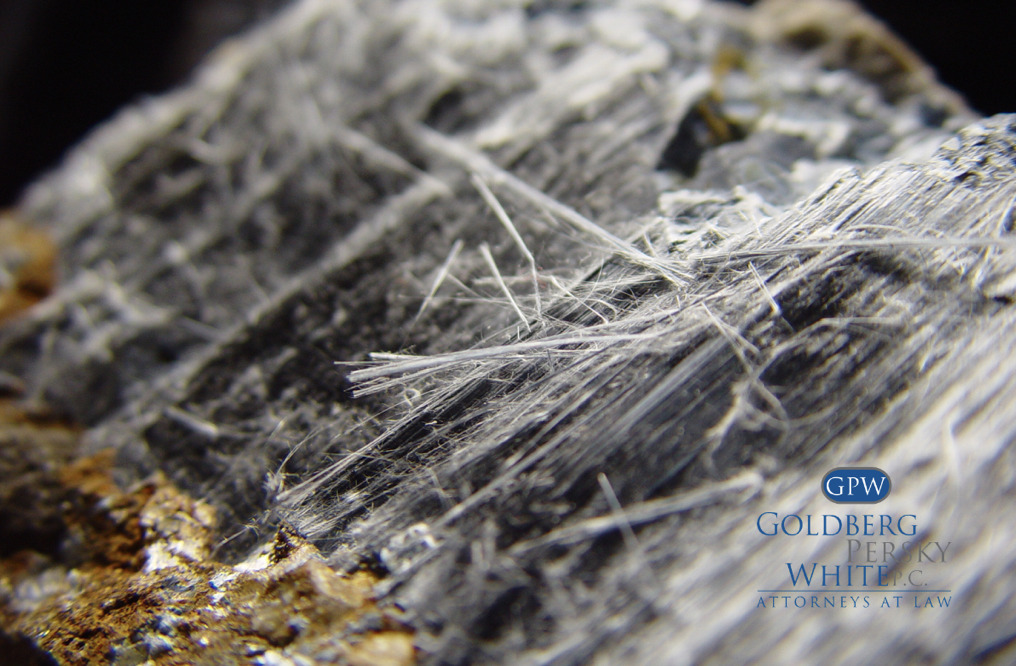New Law Could Ban Asbestos in United States
There have been some exciting new developments with regards to the country’s Chemical Safety Regulations.
Asbestos, the known carcinogen once used as a flame retardant and in insulation could possibly be banned in the United States, under new laws and regulations from Congress. While The Chemical Safety regulations that have been implemented in this country since the 1970s have helped regulate and control toxic substances, many substances such as asbestos that are deemed dangerous for society are not illegal and are even still being imported into our country.
The Toxic Substances Control Act (TSCA) went into effect in 1976 after years of discovering that industrial chemicals such as DDT and CFCs were harmful. With the enforcement of this new law, the Environmental Protection Agency (EPA) could now control these harmful substances and even ban the ones that were most detrimental to society.
It seemed obvious that asbestos would eventually be banned in the U.S., but loopholes in the TSCA have kept the carcinogen in our country for decades. The TSCA was designed to find out if a product was harmful. If it was, the TSCA then allowed the government to act by potentially banning the product. However, there was a catch: if the government banned a product and it had a significant impact on industry profits, then the chemical could not be banned. In 1991, the EPA tried to have asbestos banned, but because of this stipulation (known as section 6) about considering the damages and effects banning asbestos would have on the economy, it could not be banned under the TSCA.
In May 2016, legislation to reform the TSCA was passed in the House of Representatives. This reform, known as The Frank R. Lautenberg Chemical Safety for the 21st Century Act, will have an impact on industry because it will amend section 6; allowing the EPA to have more control and regulate the toxic chemicals and not take into consideration the impact on industry profits. Now, the “EPA will identify substances that are high priorities for risk evaluations; evaluate the health and environmental risks of those substances; decide, without regard to cost or other non-risk factors, whether a high-priority substance presents an unreasonable risk; and regulate those substances found to present an unreasonable risk under the conditions of use ” (Carra, Duvall, Kettenmann, Serie, 2016). Legislation such as this has been in the works for many years, and some states, such as California and New York, have passed their own laws on regulating toxic chemicals and chemical safety.
Much like our court systems, the “innocent until proven guilty” standard was implemented when introducing new chemicals under the current TSCA. This means that the chemical would be deemed safe until it was found that it was doing more harm than good. This allows for a possible toxic chemical to be circulating without anyone knowing about its dangers until it is too late. With the new law in place, that standard would no longer be applicable and the EPA would have to screen and certify products before they hit the market and become available to the public.
It’s hard to believe that a toxic chemical such as asbestos isn’t banned, but it’s even harder to believe that some of the top industrialized countries in the world have not banned asbestos either. Asbestos is still legal in Russia, China, India, and Canada. In fact, the world’s largest asbestos mine located in Russia is a tourist attraction and a popular spot for newlyweds to have their picture taken. The mine is a large part of their economy and is responsible for more than half the world’s asbestos supply.
The Frank R. Lautenberg Chemical Safety for the 21st Century Act recently passed by the House is a huge step forward for the EPA and for those who have been fighting for the ban of asbestos since it became known to be linked to many different diseases. Those pushing for the bill hope that the United States “catches up” with the rest of the industrialized world by looking at the dangers of a toxic substance and the impact on humanity, over the impact on profits. This bill is expected to pass this week.
You can read more about the impact of this new legislation here.
Sources
Sam Lemonick, “At Long Last, New Chemical Safety Regulations,” Forbes (May 31, 2016). [Link]
Ryan Carra, Mark Duvall, Sarah Kettenmann, Timothy Serie, “What’s New About the Revised TSCA,” JD Supra Business Advisor (June 6, 2016). [Link]
Megan Parrish, “Pics of the Day: The World’s Largest Mine for Deadly Asbestos,” Chem.Info. [Link]



